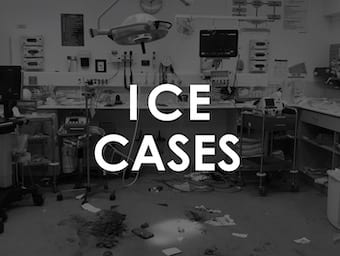
BHCG, Rhesus D and Progesterone
15% of the population are Rhesus negative; Rh D immunoglobulin is administered to non-sensitised Rh D negative women to prevent the development of Rh D antibodies and in so doing prevent Rh D induced haemolytic disease of the newborn.



